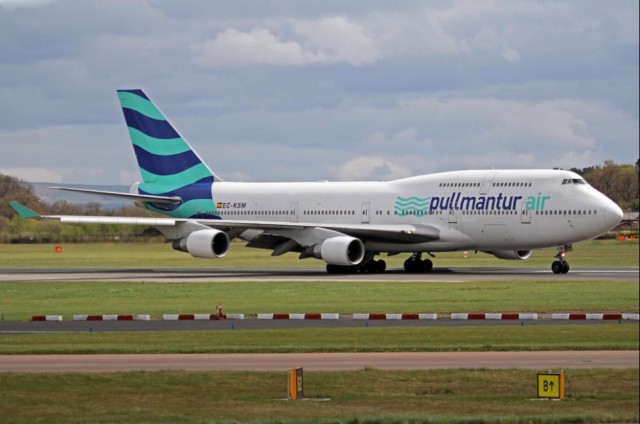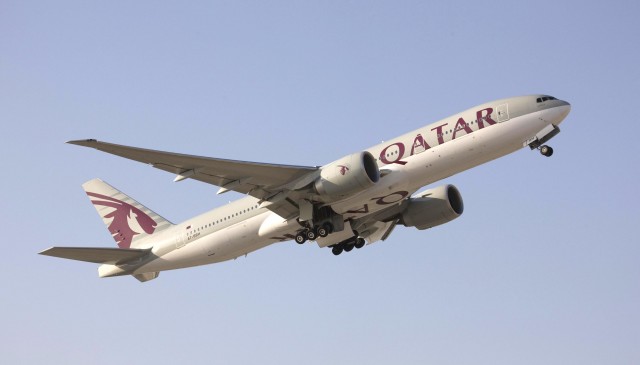
Qatar Airways Boeing 777-200LR – Photo: Qatar Airways
After getting the opportunity to fly on the first Qatar Airways 787 and then also flying back to the US on-board a Qatar Airways 777-200LR I wanted to be able to write a story to compare and contrast the two aircraft.
Since my Qatar Dreamliner flight back in November 2012, the 787 has run into some issues, but at least the aircraft is still flying. Both of my flights were in Business Class and both were about the same length, giving me a great opportunity to compare. Let’s break this down bit by bit…
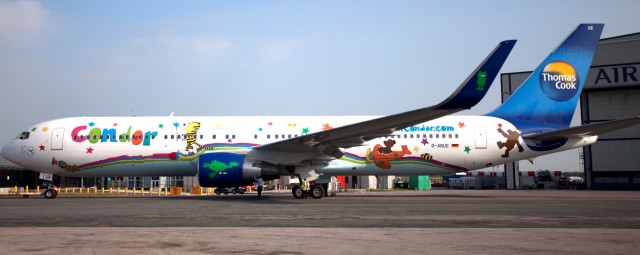
Condor Airlines Boeing 767 (D-ABUE) in special livery. Photo from Condor.
German based Condor recently showed off a Boeing 767-300ER (D-ABUE) in a special livery. I am not so familiar with the children book series, but the design is based off the characters from writer Janosch’s books. Even though this will be the only aircraft to see the full livery, all other aircraft will be given Janosch characters on their tail.
The airline and Janosch are supporting the German relief agency ’œBILD hilft e.V. ’“ A Heart for Children.” The support is not only through the livery, but also through Condor donating a percentage of its ticket sales and revenue from other special campaigns.
Madrid-based Pullmantur Air recently changed up its livery and it is quite the drastic change from the old livery if do say so myself. The fuselage of their aircraft is still predominantly of a white paint scheme, but the tail, forward section and winglets are now proudly sporting aqua & navy blue paint.
This charter airline, founded in 2003, currently operates a fleet of four 747-400s out of Madrid Barajas International Airport (MAD).
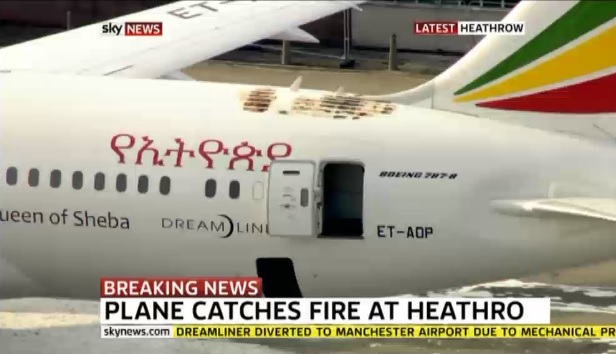
Photo from Sky.com shows fire appears to be in the rear of the aircraft. Via NYCAviation.com.
Flights were suspended at London’s Heathrow Airport [LHR] at 16:30 BST due to a fire on an Ethiopian Airlines Boeing 787 Dreamliner. The airport was re-opened at about 18:00 BST today .
The aircraft involved is ET-AOP, which is the first 787 Dreamliner to return to service after the world-wide grounding of the aircraft. No passengers were on board at the time of the fire and officials are trying to determine the cause. Photos show that the fire was in the rear of the aircraft with noticeable damage to the top of the fuselage. Due to the location of the fire, it appears that this is not related to the lithium-ion batteries, which have plagued the Dreamliner.
According to Sky News, the aircraft was parked at a remote stand and was there for more than eight hours before smoke was detected. The plane was scheduled to be used for flight ET701 to Addis Ababa at 9pm.
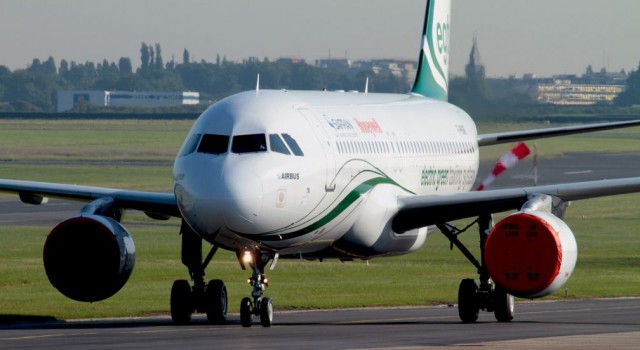
No, this A320 isn’t parked. It’s taxiing without the engines running. Check out the video after the break.
Photo: Benoà®t Vallet/Safran
Airlines are doing everything they can to reduce their fuel costs. You may have taken an airline flight recently where the crew taxied to or from the runway on one engine. Or you’ve noticed that the Auxiliary Power Unit (APU) isn’t running when a plane is at the gate. Sometimes, if possible, instead of running the APU the plane can be plugged into “ground power,” getting it’s juice through a big extension cord from the terminal.
Airlines are also playing with new approach procedures that smooth out the descent and path to the runway, allowing crews to bring the power back to near-idle thrust and pretty well glide most of the way to the threshold and saving on fuel. The goal is to try and do anything to save fuel while keeping passengers safe.
Honeywell and Paris-based Safran Groupe have come up with some nifty new technology that could save airlines hundreds of thousands of dollars a year in fuel costs for each aircraft. It’s called the “Electric Green Taxi System” or EGTS, and it was recently demo’d at the Paris Air Show.


